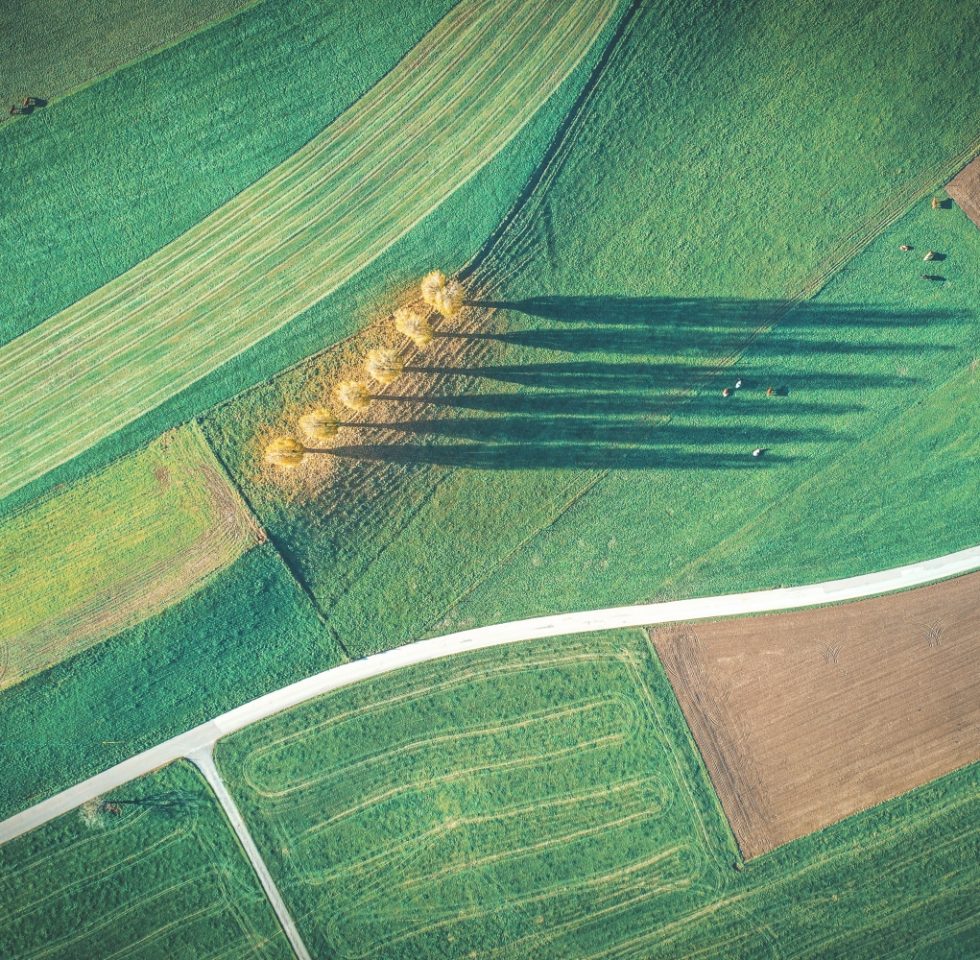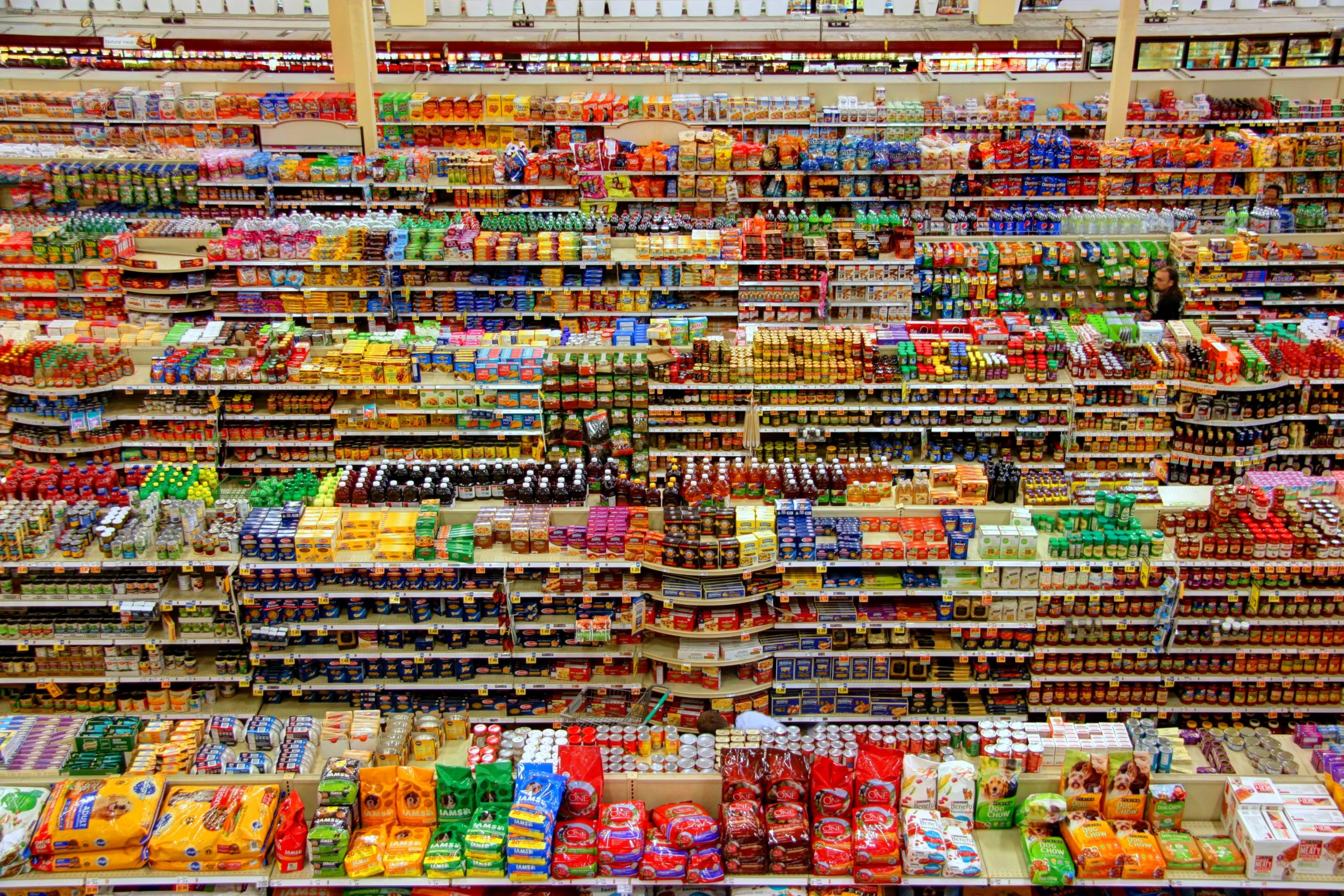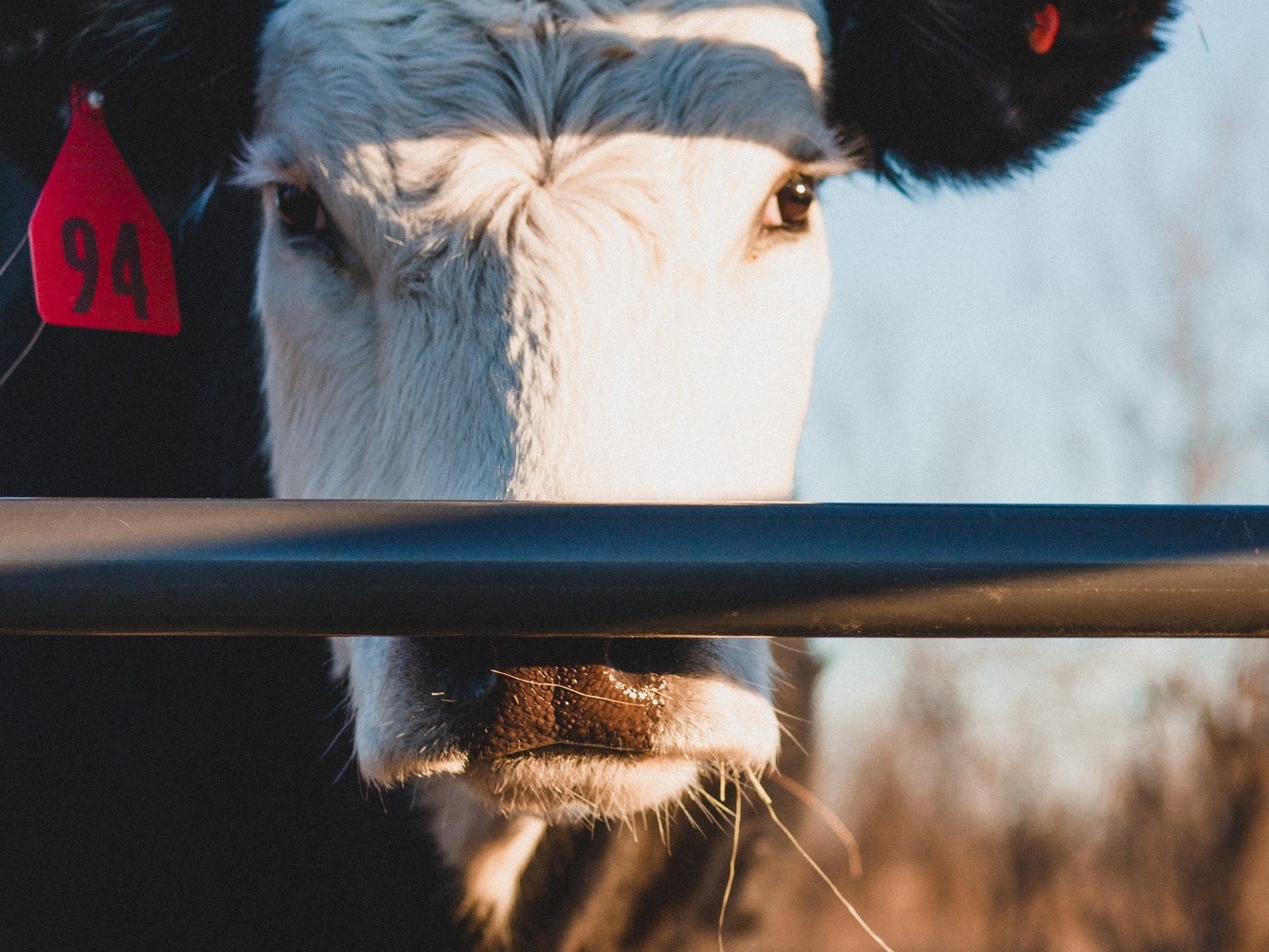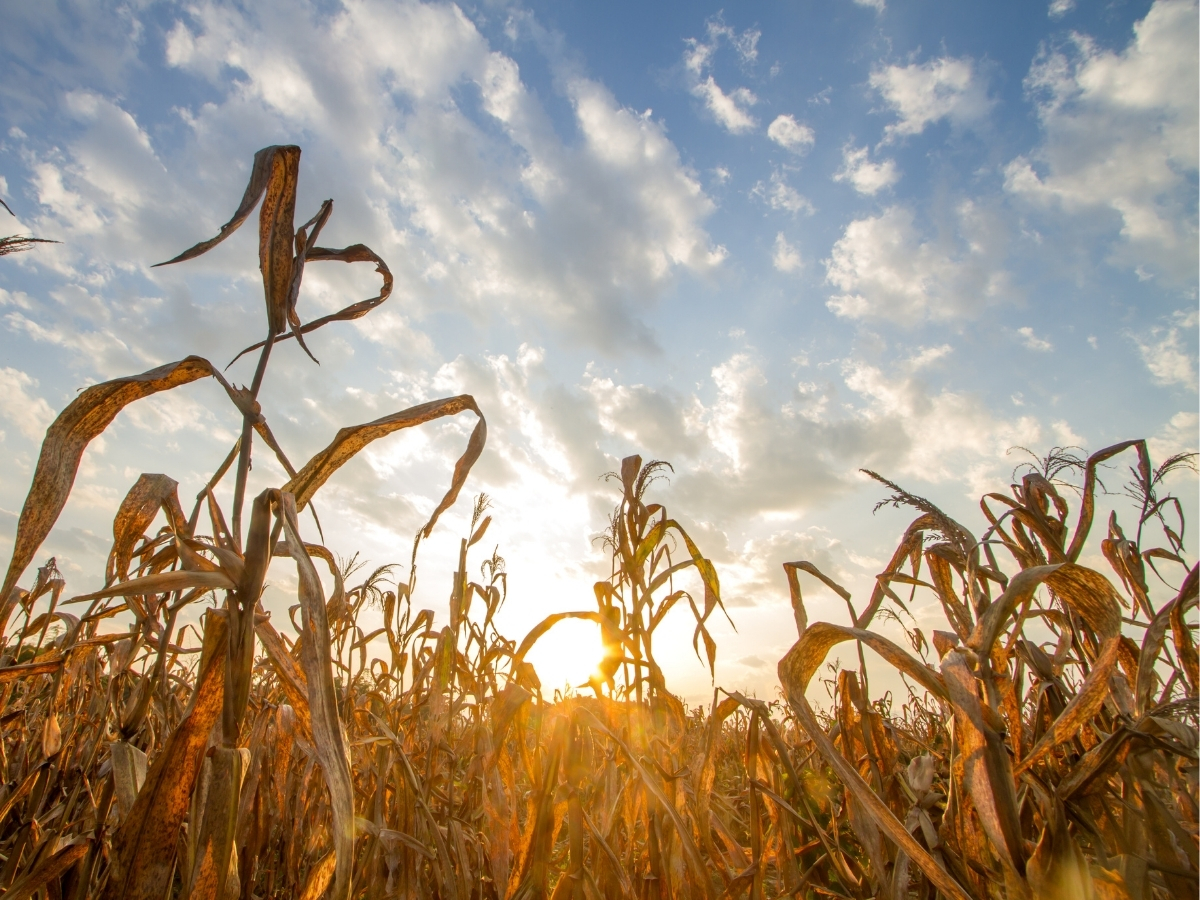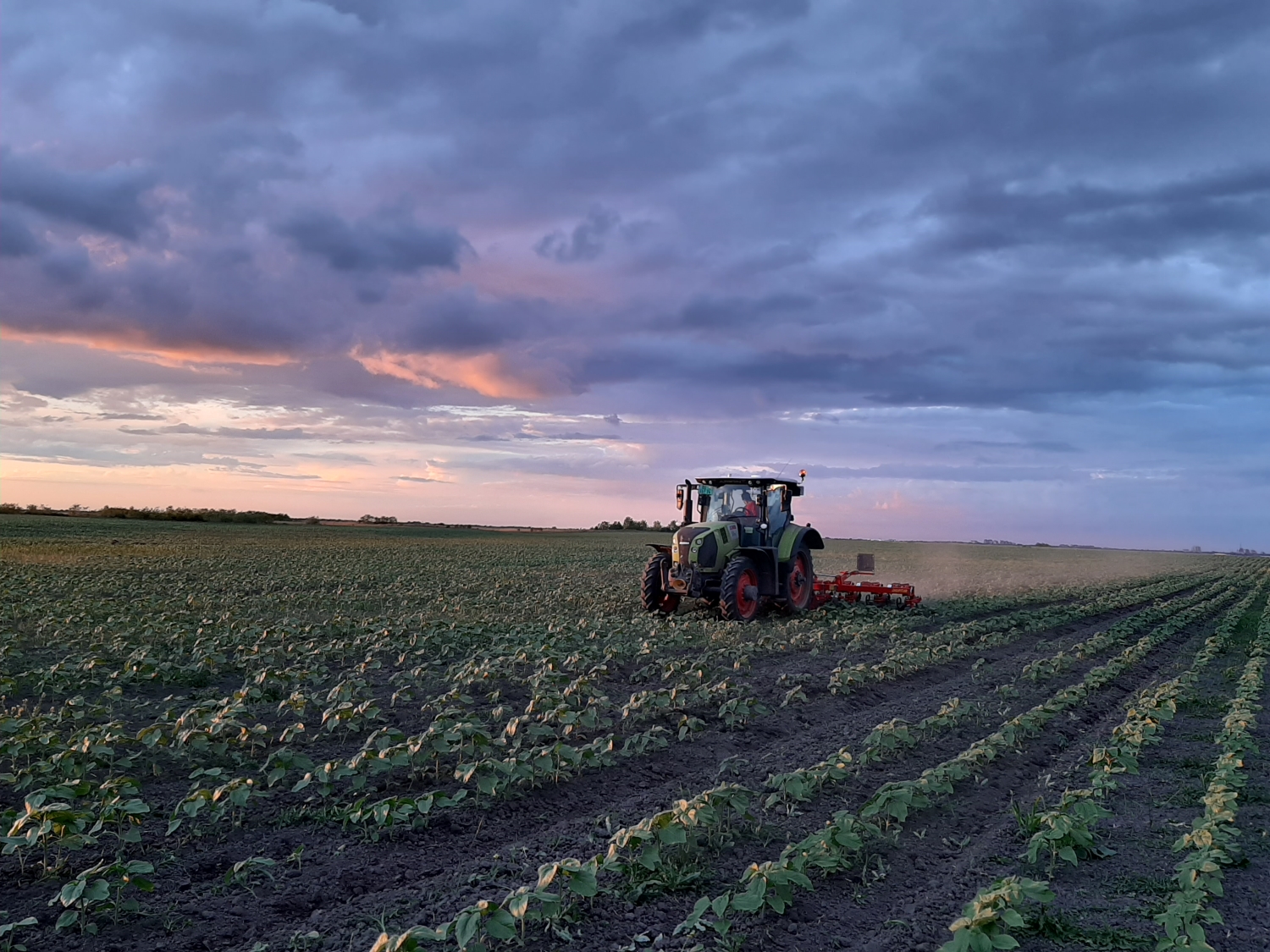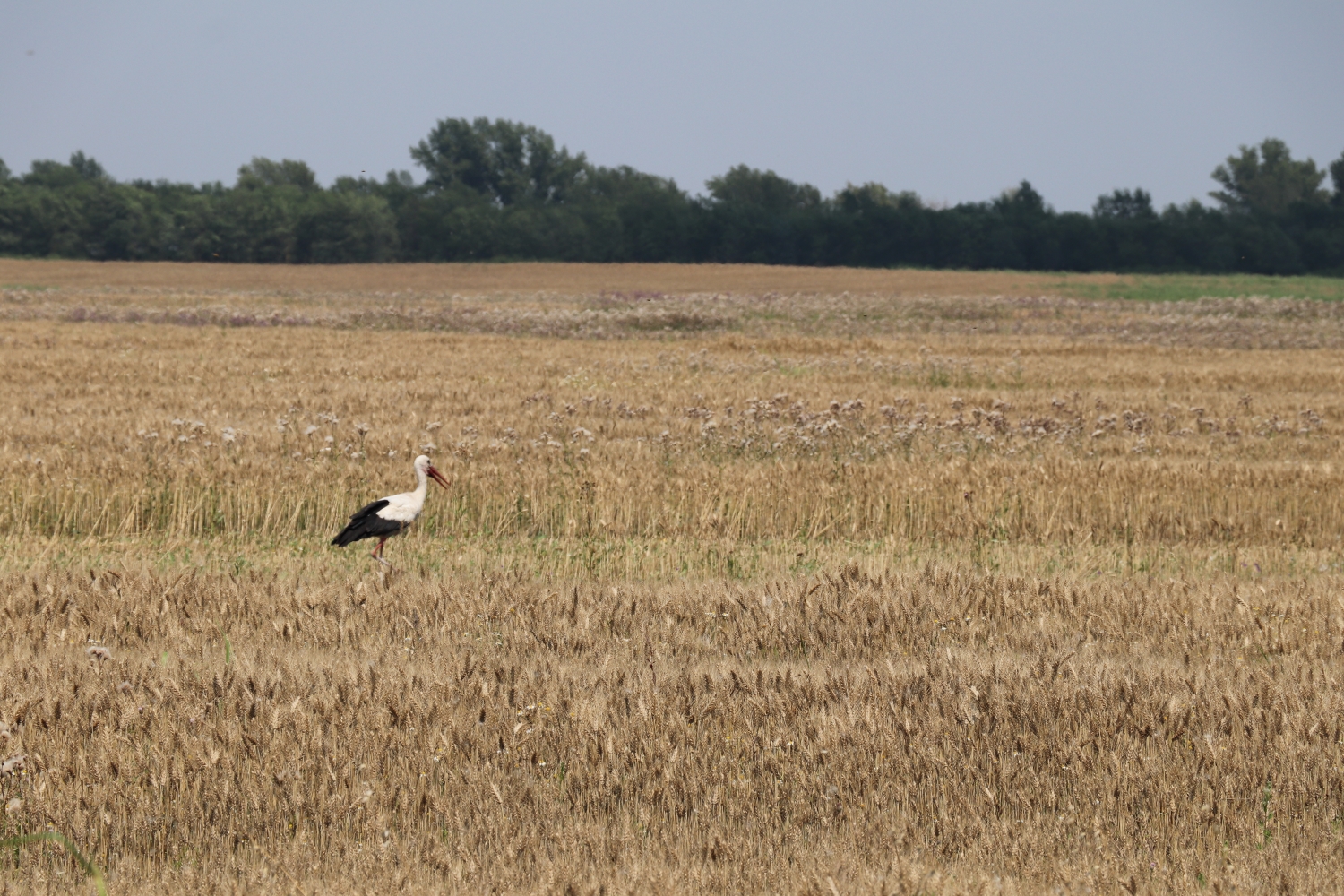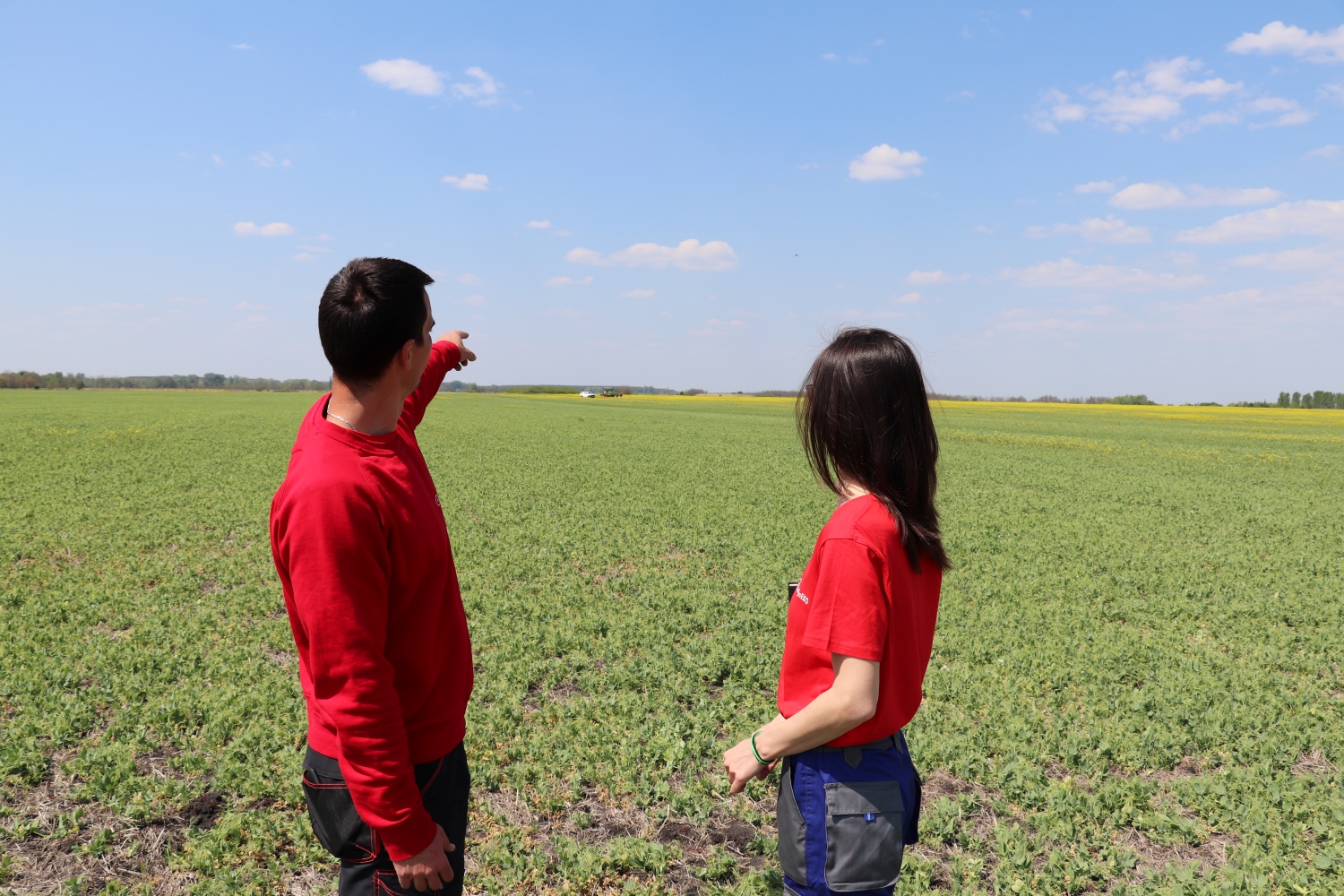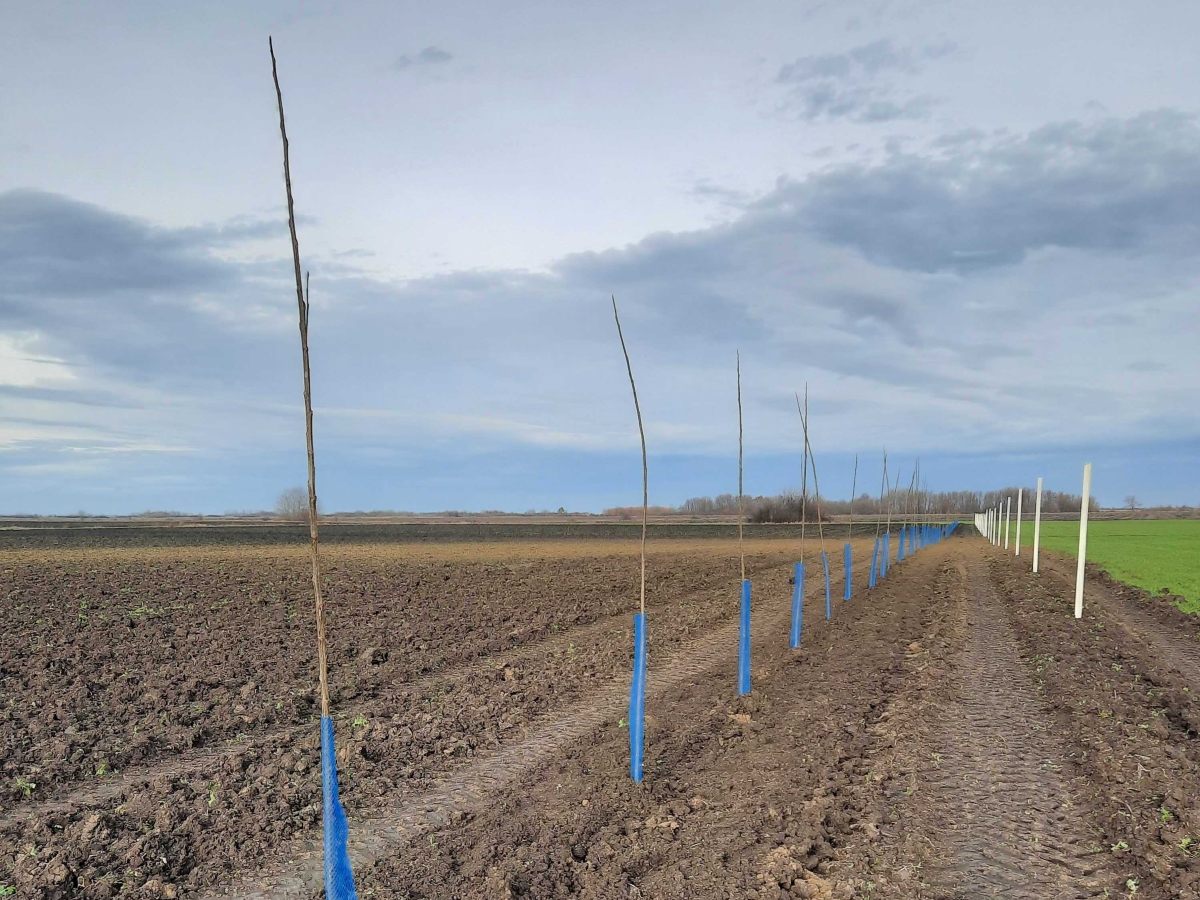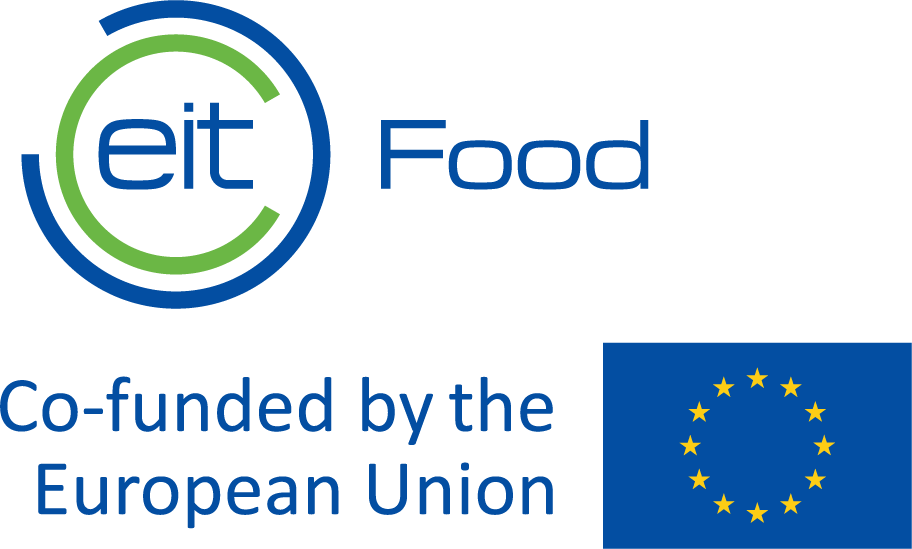Where was the food that we served to ourselves and our loved ones today produced, and where and how was it stored, processed, packaged, transported, and prepared?
These are just some of the questions that very few consumers can answer. In each of the processes of making our food, until the moment it is consumed, our food emits greenhouse gases into the atmosphere. They are the ones that lead to global warming which causes climate change.
Stay informed with our latest sustainable farming insights and exclusive content. Subscribe now.
Managing climate change
In order to prevent the most severe consequences of climate change, it is estimated that the emission of these gases must be intensively reduced in the next 10 years. Growing numbers of people on the planet and a higher demand for food are contributing to additional pressures on agriculture which is one of the sectors with the greatest impact on the environment. Given that reduced food production is not an option, and more intensive production from existing areas requires greater use of fertilizers and chemicals that end up polluting natural resources and the atmosphere, it is becoming increasingly urgent to reorient the existing agricultural patterns towards more sustainable models.
The effect of agriculture on climate change
The highest greenhouse gas emissions come from the energy sector which is responsible for 73% of all emissions due to the modern age depending highly on fossil fuels, the combustion of which provides electricity, transport, heating, industrial processes,etc. While industrial processes participate in total global emissions with about 5.6%, emissions from waste generated by the decomposition of organic waste participate with 3.2%. The share of agriculture in these emissions is approximately 24% (up to 30% depending on the literature) from which about half comes from livestock production. Land use is closely related to agriculture and is responsible for 6.5% of all greenhouse gas emissions through deforestation processes and land-use change from forest to agricultural land.
According to Our World in Data, total emissions from food production (including emissions from fuel and electricity used to transport and process food) account for about a quarter of all world emissions.
Food & Greenhouse gas emissions
It is important to know that not all types of food contribute the same to greenhouse gas emissions. Meat production, especially beef, has the greatest impact on the environment which is why it is crucial to reassess our eating habits. Growing human population and higher standards of living in poorer countries caused changes in people’s diet, in a higher demand for certain products which have a great impact on the emissions of harmful gases, and in the use of natural resources.
Livestock production
Reduced consumption of animal products would have a drastic effect on the reduction of harmful gases associated with food production because they require the highest use of raw materials, soil, and water whilst having the highest carbon footprint. This means that livestock production annually generates significant amounts of the two of the most important greenhouse gases. The annual amount of carbon dioxide from livestock production is estimated to be more than 3 billion tons, while methane, which is released during animal digestion, is a gas much stronger than carbon dioxide.
Even though methane is emitted in smaller quantities, it is multiple times stronger than carbon-dioxide; however, methane remains in the atmosphere for around 12 years, while carbon-dioxide remains up to 1000 years. Besides methane, which is also released from organic waste in landfills, nitrogen oxides are also the major pollutants made as by-products of the use of organic and mineral nitrogen fertilizers.
The effect of climate change on agriculture
Crops need appropriate conditions for growth and development, and they include suitable soil and optimal climatic factors, sunlight, and water. We are already witnessing the changed duration of the growing season due to increased annual temperatures that cause changes in the length of plant phenophases, as well as harvesting dates. This trend will continue, and even though it may seem that minimal increase in temperature is insignificant, it actually has drastic effects on agricultural production.
Changes in crop production
An increase in production can be expected in the countries of northern Europe because the growing season will be extended, as well as the period without frosts which will enable certain plant species to grow. However, in other parts of Europe, heat waves, lack of rainfall, and inaccessibility of water for crops are already seriously threatening crop production.
As a result, yields will vary from year to year, and new pests will emerge causing huge losses while existing pests will adapt, reproduce at higher rates, and move to new regions. Invasive weeds, diseases, and harmful insects will adapt to new climatic conditions much faster than cultivated species, causing tremendous consequences.
Login EKO and contribution to reduced emissions
Given the crucial role that diet plays in our daily lives, it is challenging to reduce greenhouse gas emissions; however, it is not impossible. Innovative technologies in production, precise agriculture, rational use of fertilizers, and changed eating habits are some of the solutions.
Priority strategies for reducing greenhouse gas emissions in agriculture are reduced intensity of livestock production and proper manure management.
Our plant production
Login EKO supports exclusively plant production and vegan agriculture which does not support animal husbandry, nor the use of any products of animal origin. Crop cultivation, crop protection, and all agro-technical operations are carried out without the use of nitrogen fertilizers that are the source of a very mobile and toxic compound, nitrogen oxide. We provide nitrogen supply for our crops by green manure through processes of mineralization of plant residues which provide accessible forms of nitrogen for microorganisms.
Soil analysis
Besides green manure, adequate crop rotation with legumes included also provides significant amounts of nitrogen for following crops. Each fertilization is done in accordance with previous soil analysis, which usually includes designing precise maps of variable fertilization in accordance with the level of nutrients in the soil.
Planting perennial vegetation
As great advocates of landscaping and opponents of deforestation, we began the process of planting perennial vegetation as an integral part of the agroecosystems which directly contributes to the carbon cycle and the reduction of its concentration in the atmosphere.
Ethical eating and reduced amounts of food waste are some of the changes that might seem small but are very significant in order to mitigate the emissions of harmful gases and therefore the climate change that we are undeniably facing.
Mina Milošević
More on this topic:
“The author’s views are entirely his or her own and may not necessarily reflect the views of Login5 Foundation.”
